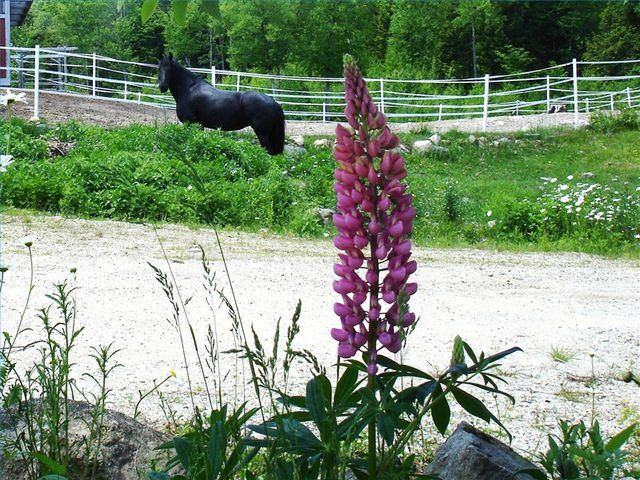Bulbs
Flower Basics
Flower Beds & Specialty Gardens
Flower Garden
Garden Furniture
Garden Gnomes
Garden Seeds
Garden Sheds
Garden Statues
Garden Tools & Supplies
Gardening Basics
Green & Organic
Groundcovers & Vines
Growing Annuals
Growing Basil
Growing Beans
Growing Berries
Growing Blueberries
Growing Cactus
Growing Corn
Growing Cotton
Growing Edibles
Growing Flowers
Growing Garlic
Growing Grapes
Growing Grass
Growing Herbs
Growing Jasmine
Growing Mint
Growing Mushrooms
Orchids
Growing Peanuts
Growing Perennials
Growing Plants
Growing Rosemary
Growing Roses
Growing Strawberries
Growing Sunflowers
Growing Thyme
Growing Tomatoes
Growing Tulips
Growing Vegetables
Herb Basics
Herb Garden
Indoor Growing
Landscaping Basics
Landscaping Patios
Landscaping Plants
Landscaping Shrubs
Landscaping Trees
Landscaping Walks & Pathways
Lawn Basics
Lawn Maintenance
Lawn Mowers
Lawn Ornaments
Lawn Planting
Lawn Tools
Outdoor Growing
Overall Landscape Planning
Pests, Weeds & Problems
Plant Basics
Rock Garden
Rose Garden
Shrubs
Soil
Specialty Gardens
Trees
Vegetable Garden
Yard Maintenance
How to Plant Lupines
How to Plant Lupines. Lupines are gorgeous perennials that can bloom in varieties of purples, pinks and white. Some varieties may even bloom in yellow or red. These flowers are composed of many small pea-like blooms along a tall spike that can grow from one to three feet in height. Their leaves are a deep green and, due to their palmate shape, tend...

Lupines are gorgeous perennials that can bloom in varieties of purples, pinks and white. Some varieties may even bloom in yellow or red. These flowers are composed of many small pea-like blooms along a tall spike that can grow from one to three feet in height. Their leaves are a deep green and, due to their palmate shape, tend to collect rain and dew drops in perfect little beads. Lupines are often used for borders, fields or wildflower gardens and grow easily in most of the northern United States.
Things You'll Need
Lupine seeds or lupine plants
Trowel
Potting soil
Choose an area in your yard that gets at least six hours of sunlight daily. Make sure the soil is free of weeds and does not contain lime. Choose your area wisely, as lupines do not do well when transplanted.
Plant lupine seeds just an inch or two beneath the surface of the soil and tamp down lightly so that they are secure. Plant the seeds no closer than 6 inches apart. The roots will eventually grow large and spread out. Early spring to late summer is a good time to plant.
Plant lupine plants in rich soil without lime. Dig a hole with your trowel so that the ball of roots fits into it and one inch of dirt can cover the top of the root ball.
Water your lupine plants frequently. These perennials like to be moist but not drenched. They prefer well drained soil. The plants should never be sitting at the bottom of a slope, for example, where they could be left in standing water.
Help mature lupines spread by collecting the seed pods and planting them. The seeds are ready when they rattle inside the seed pods like a maraca. Some gardeners prefer to soak seeds in water for 24 hours before planting but this is not absolutely necessary.
Provide your lupines with enough nutrients by mixing manure into the soil around them two to three times a year. If lupines are in well drained, moist soil then they generally will spread on their own as well.